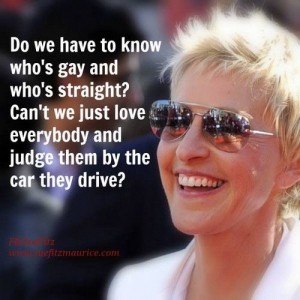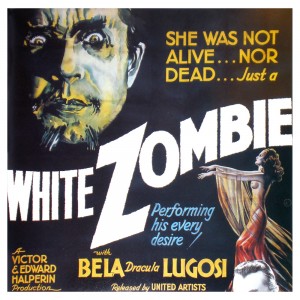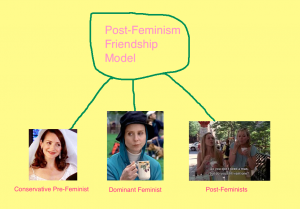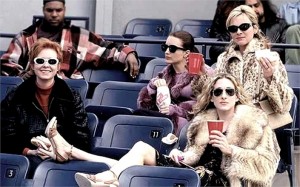Reed’s chapter “The three phases of ellen: from queer to gay to postgay” in Thomas Peele’s Queer popular culture: literature, media, film and television describes the three stages in Ellen Degeneres’s career that refers to each identity: queer, gay and post-gay. In this Reed’s argument could be stereotypically reflective of the age of Degeneres at each stage. For example the queer identity infers a need to identify as an Other who doesn’t assimilate with the gay identity or the straight identity; this is analogous with the youth identity that tries to separate themselves from the child identity and the adult identity. Degeneres’s queer stage was during her early years in stand up when she was a young actor and new to the comedy scene (Peele, 2007). In her early body of work, Ellen’s sexuality was regarded differently than her peers in the industry (Peele, 2007). Ellen was neither normalized as heterosexual or homosexual through the parts she played instead she was represented by queerness because she did not identify as part of any group (Peele, 2007).
Present time Ellen is very different from when Ellen first came out (on the scene and out to the public), Ellen is now in the post-gay stage and although it is similar to the queer stage in that it is based on de-establishing identity and not assimilating with a popular social circle, it is depoliticized compared to the queer identity. In the queer identity there is a symbolic authority to fight against but in a post-gay identity there is disinterest in politically affirmation and no interest in acknowledgement of fighting for recognition of a sexual preference.
I decided to watch the ellen show to understand the post-gay ellen that has been subtlety introduced to america over the 12 years it’s been on the air. I noticed that Ellen showcases herself as more of a funny sexually ambiguous friend to the seemingly mostly seterotypically homophobic audience. Perhaps this is why she assimilates post-gay culture in order to have it all: she understand her true identity which she keeps to herself and can still associate with each audience member due to her post-gay/post-sexuality status.
Peele, T. (2007). Queer popular culture: literature, media, film, and television. Palgrave Macmillan.





